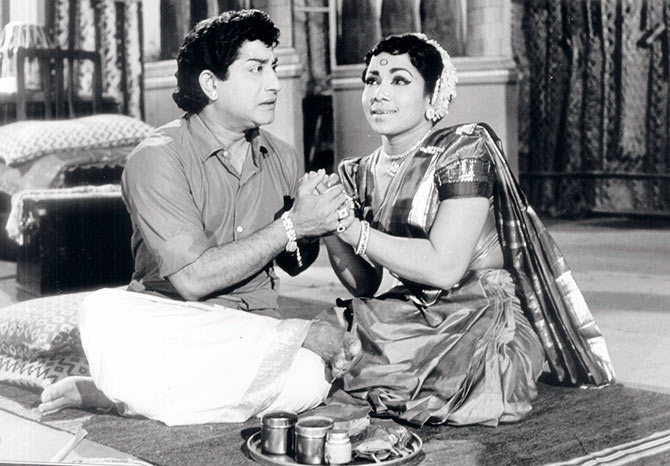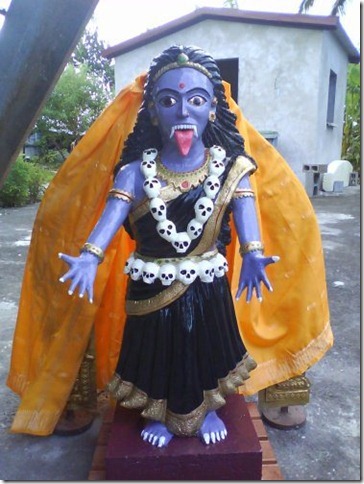We Tamils have deified our mother tongue as a goddess and call her Tamil Annai or Tamil Thaai (Mother Tamil), representing the Tamil language and the Tamil society itself.
We have also dedicated a prayer song or vaalthu for Her. Deification is against the religious teachings of the non-Hindus like Muslims but It is not a problem for the rest of us Hindus.
In a circular dated November 23, 1970, the Government of Tamilnadu designated the Tamil Thaai Vaalthu as a “prayer song" and not as an anthem. This means it has a religious significance unlike Jana Gana Mana which is the national anthem of India.
Therefore, the Tamil Thaai Vaalthu is actually a form of Sakthi worship. It is the core principle of Saktam as seen in several Hindu slokas because the mother tongue (Tamil Annai) also represents consciousness, intelligence and race.
The Saktam religion teaches Hindus to see Sakti in every aspect. Whenever you sing the Tamil Thaai Vaalthu, you are worshipping the Divine Mother in the form of Mother Tamil even if you happen to be an Atheist.
Yaa Devi Sarva Bhooteshu Chetanetyaabhi Dheeyate
Namastasyai Namastasyai Namastasyai Namo Namaha
(Meaning:Salutations again and again to the Devi (Goddess) who abides in all beings as consciousness)
Yaa Devi Sarva Bhooteshu Buddhi Roopena Samsthita
Namastasyai Namastasyai Namastasyai Namo Namaha
(Meaning:Salutations again and again to the Devi (Goddess) who resides in all beings in the form of intelligence)
Yaa Devi Sarva Bhooteshu Jaati Roopena Samsthita
Namastasyai Namastasyai Namastasyai Namo Namaha
(Meaning:Salutations again and again to the Devi (Goddess) who resides in all beings in the form of race)
Yaa Devi Sarva Bhooteshu Matru Roopena Samsthita
Namastasyai Namastasyai Namastasyai Namo Namaha
(Meaning:Salutations again and again to the Devi (Goddess) who resides in all beings in the form of Mother.)
The lyrics of Tamil Thaai Vaalthu
நீராருங் கடலுடுத்த நிலமடந்தைக்கெ ழிலொழுகும்
சீராரும் வதனமெனத் திகழ் பரதக் கண்டமிதில்
தெக்கணமும் அதிற்சிறந்த திராவிட நல் திருநாடும்
தக்கசிறு பிறைநுதலும் தரித்தநறுந் திலகமுமே
அத்திலக வாசனைபோல் அனைத்துலகும் இன்பமுற
எத்திசையும் புகழ்மணக்க இருந்தபெருந் தமிழணங்கே!
தமிழணங்கே!
உன் சீரிளமைத் திறம்வியந்துசெயல்மறந்து வாழ்த்துதுமே!
வாழ்த்துதுமே!!
வாழ்த்துதுமே!!!
Brimming Sea drapes exuberant Dame Earth!
With Beautified face in this exalted Indian Continent!
South In particular Divine Dravidian Country!
As Aesthetic Thilakam on its beauteous curved forehead!
Like the Fragrance of that Thilakam, for the entire world to be delirious!
your fervor spread in all directions!
Oh! Tamil Lady!
Ever remain afresh Thee alone! Purity intact too!
Delighted! Praise thou beauteous Tamil, youthful forever! Awestruck!
Praise unto thee!
Praise unto thee!


















